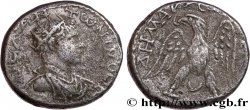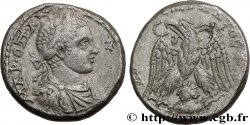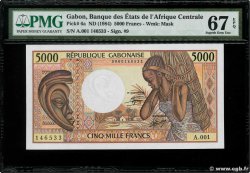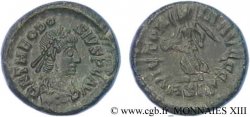v13_0483 - DIADUMENIAN Tétradrachme syro-phénicien
MONNAIES 13 (2001)
Startpreis : 137.20 €
Schätzung : 274.41 €
unverkauftes Los
Startpreis : 137.20 €
Schätzung : 274.41 €
unverkauftes Los
Type : Tétradrachme syro-phénicien
Datum: 217-218
Name der Münzstätte / Stadt : Hiérapolis, Syrie, Cyrrhestica
Metall : Scheidemünze
Durchmesser : 24 mm
Stempelstellung : 6 h.
Gewicht : 10,09 g.
Seltenheitsgrad : R1
Kommentare zum Erhaltungszustand:
Flan court. Patine foncée
N° im Nachschlagewerk :
Prieur 947 (43 ex.)
Pedigree :
Cet exemplaire est le 0947_036 de la base TSP
Vorderseite
Beschreibung Vorderseite Buste radié, drapé et cuirassé de Diaduménien à droite, vu de trois quarts en arrière (A2).
Legende des Averses AUT. K. M. OPEL. ANTWNEINOS, (Autokrator Kaisaros Markos Opellios Antwoneinos)
Übersetzung der Vorderseite (L’empereur césar Marc Opellius Antonin).
Rückseite
Beschreibung Rückseite Aigle debout de face, les ailes déployées, la tête tournée à droite, tenant une couronne dans son bec ; entre les pattes, un lion passant à droite.
Legende des Reverses : DHMARC EX UPATOS, (Dhmarcikhs Ex Upatos)
Übersetzung der Rückseite (Revêtu de la puissance tribunitienne consul).
Kommentare
Hiérapolis, "la ville du Soleil" où se trouvait le temple d'Astarté construit par Séleucos Ier Nicator, l'actuelle Manbidj, était située près de l'Euphrate entre Berœa (Alep) à l'ouest et Carrhæ (Harran) à l'Est sur la route des caravanes aux portes de la province de Mésopotamie en Syrie Cyrrhestica. Diaduménien bien que César (K) est représenté avec la couronne radiée solaire. Ce type de portrait est spectaculaire. Ce type de tétradrachme est attribué de façon erronée dans un numéro du "The Celator" de mai 1996, à Samosate par les auteurs d'un article consacré à ce monnayage : Syrian Phoenician Tetradrachms, AD. 202-254, p.18.
Hierapolis, \\\"the city of the Sun\\\" where the temple of Astarte was located, built by Seleucus I Nicator, modern Manbij, was located near the Euphrates between Berœa (Aleppo) to the west and Carrhae (Harran) to the east on the caravan route to the gates of the province of Mesopotamia in Syria Cyrrhestica. Diadumenianus, although Caesar (K) is depicted with the radiate solar crown. This type of portrait is spectacular. This type of tetradrachm is erroneously attributed in an issue of \\\"The Celator\\\" of May 1996, to Samosata by the authors of an article devoted to this coinage: Syrian Phoenician Tetradrachms, AD. 202-254, p.18
Hierapolis, \\\"the city of the Sun\\\" where the temple of Astarte was located, built by Seleucus I Nicator, modern Manbij, was located near the Euphrates between Berœa (Aleppo) to the west and Carrhae (Harran) to the east on the caravan route to the gates of the province of Mesopotamia in Syria Cyrrhestica. Diadumenianus, although Caesar (K) is depicted with the radiate solar crown. This type of portrait is spectacular. This type of tetradrachm is erroneously attributed in an issue of \\\"The Celator\\\" of May 1996, to Samosata by the authors of an article devoted to this coinage: Syrian Phoenician Tetradrachms, AD. 202-254, p.18








 Berichten über einen Fehler
Berichten über einen Fehler Die Seite drucken
Die Seite drucken Teilen meiner Auswahl
Teilen meiner Auswahl Stellen Sie eine Frage
Stellen Sie eine Frage Einlieferung/Verkauf
Einlieferung/Verkauf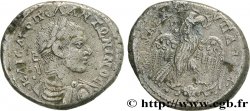
 Details
Details